Southern plantation sites are undergoing significant transformations as historians, educators, and communities work to present more complete and honest narratives about these complex historical locations. Traditional tours, which once romanticized antebellum life while minimizing the brutal realities of enslavement, are being replaced with programs that center the experiences of enslaved people and examine the full scope of plantation life. These reimagined experiences use archaeological evidence, oral histories, and scholarly research to tell stories that were long suppressed or ignored, creating educational opportunities that help visitors understand the true foundations of American wealth and the lasting impact of institutional oppression.
Modern plantation tours now emphasize the humanity, resistance, and contributions of enslaved communities while examining how the plantation system shaped American society, the economy, and culture in ways that continue to influence the present day. Here is a list of 20 Southern plantation sites that have transformed their interpretive programs to provide more complete, accurate, and meaningful historical education.
Whitney Plantation, Louisiana

Whitney Plantation is the first museum in the United States dedicated primarily to telling the story of enslavement. Tours center entirely on the experiences of enslaved people rather than the plantation owners. The site features memorials honoring enslaved individuals by name, life-size sculptures depicting children who lived and worked there, and exhibits that use first-person narratives from formerly enslaved people.
The museum’s approach demonstrates how plantation sites can become powerful tools for education and reconciliation when they prioritize previously silenced voices and uncomfortable truths.
Magnolia Plantation, South Carolina

Magnolia Plantation has developed programming that explores the lives of enslaved people through archaeological findings and documentary evidence that reveals daily life in the quarters, resistance activities, and family structures. The site’s “From Slavery to Freedom” tour examines how enslaved communities created their cultural practices, maintained family bonds despite forced separations, and developed strategies for survival and resistance.
The plantation’s gardens, while maintaining their appeal to visitors, are now interpreted through the lens of the enslaved gardeners and laborers who created and maintained them.
Like Travel Pug’s content? Follow us on MSN.
McLeod Plantation, South Carolina

McLeod Plantation has transformed its interpretation to focus on the experiences of the Gullah Geechee people who lived and worked there, with tours that examine how African cultural traditions survived and evolved in the Lowcountry. The site uses archaeological evidence and oral histories to tell stories of specific families and individuals, including their lives during enslavement, Reconstruction, and into the 20th century.
The plantation’s location on James Island allows visitors to understand how proximity to Charleston shaped the experiences of enslaved people who maintained connections to urban communities and international trade networks.
Middleton Place, South Carolina

Middleton Place has developed programming that acknowledges the enslaved craftspeople and laborers who created the plantation’s famous gardens and maintained its operations for over a century. The site’s stableyards have been reimagined as spaces for interpreting the skills and contributions of enslaved artisans, including blacksmiths, carpenters, and textile workers, who possessed specialized knowledge essential to plantation function.
The plantation now offers tours that examine how enslaved communities used their expertise to gain small measures of autonomy while being forced to build wealth for others.
Monticello, Virginia

Monticello has undergone extensive reinterpretation to examine Thomas Jefferson’s complex relationship with enslavement, including tours that focus on the Hemings family and other enslaved individuals who lived and worked at the plantation. The site’s “Slavery at Monticello” tour uses archaeological evidence and documentary research to tell detailed stories of specific enslaved people, their family relationships, and their essential role in maintaining Jefferson’s household and supporting his political career.
The plantation’s interpretation now grapples directly with the contradictions between Jefferson’s public statements about liberty and his private dependence on enslaved labor.
Like Travel Pug’s content? Follow us on MSN.
Mount Vernon, Virginia

Mount Vernon has expanded its interpretation to include detailed examinations of the enslaved community that made George Washington’s plantation profitable, with tours that visit reconstructed quarters and work sites. The site’s “Lives Bound Together” tour explores the relationships between the Washington family and enslaved individuals, including stories of resistance, escape attempts, and the ways enslaved people shaped daily life at the plantation.
The plantation now presents Washington’s gradual recognition of enslavement’s moral problems alongside the economic and social pressures that prevented him from acting on those beliefs during his lifetime.
Oak Alley Plantation, Louisiana

Oak Alley has developed programming that examines the sugar plantation system’s particular brutality while honoring the memory of enslaved people who endured some of the harshest conditions in American agriculture. The site’s exhibits explore the backbreaking labor required for sugar cultivation and processing, the high mortality rates among enslaved workers, and the ways communities maintained hope and cultural practices despite extreme oppression.
The plantation’s famous oak-lined approach is now interpreted as a pathway that enslaved people traveled daily to reach the brutal work that generated wealth for others.
Boone Hall Plantation, South Carolina

Boone Hall has reimagined its interpretation to focus on the nine original slave cabins that remain on the property, using these structures to tell stories about family life, community bonds, and cultural preservation among enslaved people. The site’s “Black History in America” presentation examines how enslaved people maintained African traditions while creating new cultural practices that helped them survive and resist oppression.
The plantation now emphasizes how enslaved communities developed their leadership structures, religious practices, and support networks that provided strength in the face of dehumanizing treatment.
Like Travel Pug’s content? Follow us on MSN.
Laura Plantation, Louisiana

Laura Plantation offers tours conducted entirely from the perspective of enslaved people and their descendants, using family stories and oral histories passed down through generations of Creole families. The site’s interpretation examines the complex cultural mixing that occurred in Louisiana, including how enslaved people from Africa, the Caribbean, and other parts of the American South created unique communities in the bayou country.
The plantation’s guides, many of whom are descendants of enslaved people, tell stories that connect historical experiences to ongoing struggles for justice and equality.
Somerset Place, North Carolina
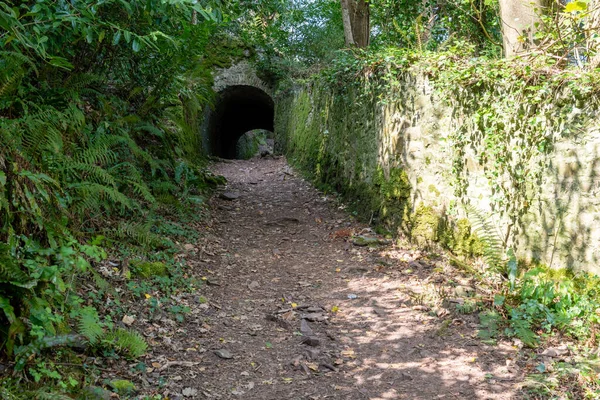
Somerset Place focuses on the lives of enslaved people who drained swampland to create one of the largest rice plantations in North Carolina, with interpretation that emphasizes their agricultural expertise and the environmental knowledge they brought from Africa. The site’s tours examine how enslaved people used their understanding of rice cultivation, irrigation, and wetland management to create profitable agricultural systems while maintaining cultural practices connected to their homelands.
The plantation now presents itself as a memorial to the thousands of enslaved people who lived and died there while building wealth for others.
Stagville Plantation, North Carolina
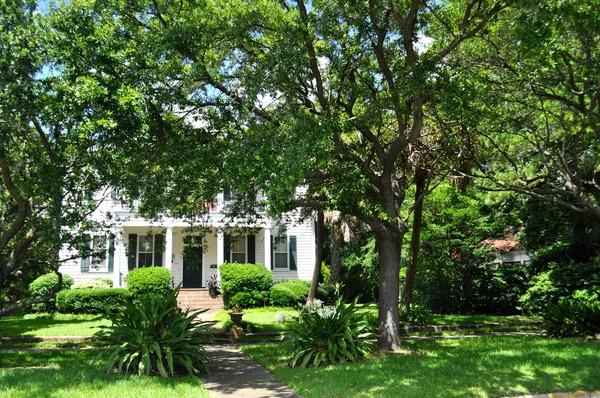
Stagville preserves one of the largest concentrations of antebellum plantation buildings in North Carolina, with interpretation that focuses on the experiences of the hundreds of enslaved people who lived in what was essentially a small town. The site’s programming examines how large plantations functioned as communities where enslaved people created their social structures, economic systems, and cultural practices.
The plantation’s preserved quarters and work buildings provide tangible evidence of daily life, while tours explore resistance activities, family networks, and the ways enslaved communities maintained dignity despite systematic oppression.
Like Travel Pug’s content? Follow us on MSN.
Drayton Hall, South Carolina

Drayton Hall has developed an interpretation that examines the enslaved craftspeople who built and maintained one of America’s finest examples of Georgian Palladian architecture, with tours that credit their skills and knowledge. The site’s programming explores how enslaved artisans brought sophisticated building techniques from Africa and the Caribbean while adapting European architectural styles to Lowcountry conditions.
The plantation now presents its preserved main house as a monument to enslaved craftsmanship while examining how their labor created wealth that supported generations of white prosperity.
Shirley Plantation, Virginia

Shirley Plantation has expanded its interpretation to include the stories of enslaved families who lived and worked there for over two centuries, using genealogical research and archaeological evidence to trace individual lives and experiences. The site’s tours now examine how enslaved people maintained family connections across generations despite forced separations and sales, creating kinship networks that provided support and cultural continuity.
The plantation’s interpretation acknowledges how enslaved labor built and maintained not just the physical structures, but the entire economic and social system that defined Virginia plantation society.
Kingsley Plantation, Florida

Kingsley Plantation offers a unique interpretation of a plantation owner who married an enslaved woman and freed his children, while still maintaining the broader system of enslavement that enriched his family. The site’s tours examine the complex relationships that could exist within the plantation system, while never losing sight of the fundamental violence and exploitation that defined these institutions.
The plantation’s preserved quarters and tabby buildings provide evidence of how enslaved communities created their own spaces and maintained cultural practices despite legal and social restrictions.
Like Travel Pug’s content? Follow us on MSN.
Latta Plantation, North Carolina
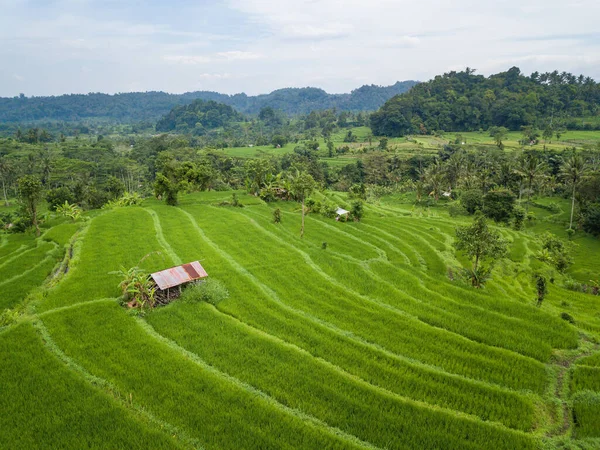
Latta Plantation has reimagined its programming to focus on the experiences of enslaved people in the Carolina Piedmont, with interpretation that examines how the plantation system adapted to different geographic and economic conditions. The site’s tours explore how enslaved people maintained cultural traditions while adapting to new environments, creating communities that blended African, Native American, and European influences.
The plantation now uses its preserved buildings and landscapes to tell stories about resistance, family life, and the ways enslaved people shaped the development of North Carolina society.
Melrose Plantation, Louisiana
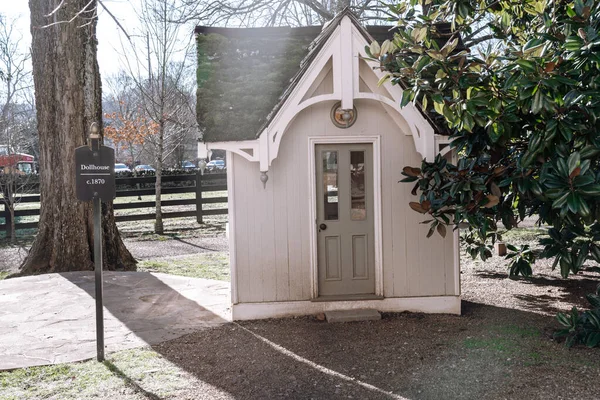
Melrose Plantation tells the remarkable story of a plantation established by formerly enslaved people who became slaveholders themselves, offering a complex interpretation of how the plantation system affected different communities. The site’s tours examine how free people of color navigated legal and social restrictions while building wealth through their participation in enslavement.
The plantation’s history demonstrates the ways systemic oppression could create situations where oppressed people participated in oppressing others while still facing discrimination and violence themselves.
Hampton Plantation, South Carolina

Hampton Plantation focuses on the experiences of enslaved people in the South Carolina Lowcountry rice culture, with interpretation that emphasizes their agricultural knowledge and the ways they shaped economic development in the region. The site’s tours examine how enslaved people brought a sophisticated understanding of rice cultivation from Africa and developed new techniques adapted to South Carolina conditions.
The plantation now presents the rice fields and irrigation systems as monuments to enslaved expertise, while examining how their knowledge created wealth that supported the broader development of Charleston and the Lowcountry.
Like Travel Pug’s content? Follow us on MSN.
Sotterley Plantation, Maryland

Sotterley Plantation has developed programming that examines enslavement in the Chesapeake region. Tours focus on the transition from tobacco to diversified agriculture and how these changes affected enslaved communities.
The site’s interpretation explores how enslaved people adapted to changing economic conditions while maintaining family and community bonds across multiple generations. The plantation’s preserved quarters and work buildings provide settings for discussing daily life, resistance activities, and the ways enslaved people created their cultural practices within an oppressive system.
Destrehan Plantation, Louisiana

Destrehan Plantation offers interpretation that examines the 1811 German Coast Uprising, the largest rebellion by enslaved people in United States history, while exploring the broader context of resistance activities throughout Louisiana. The site’s tours examine how enslaved communities organized resistance efforts and maintained communication networks that connected plantations across the region.
The plantation now presents itself as a site of memory for those who fought for freedom while examining how their actions influenced subsequent resistance movements and the eventual end of enslavement.
Belle Meade Plantation, Tennessee

Belle Meade has reimagined its interpretation to focus on the enslaved people who made the plantation’s famous thoroughbred horses possible, with tours that examine their expertise as trainers, jockeys, and stable workers. The site’s programming explores how enslaved people brought knowledge of horse breeding and training from Africa while developing new techniques that made Belle Meade internationally famous.
The plantation now credits enslaved horsemen by name while examining how their skills generated wealth and prestige for others while they remained in bondage.
Like Travel Pug’s content? Follow us on MSN.
Reckoning with Difficult Histories
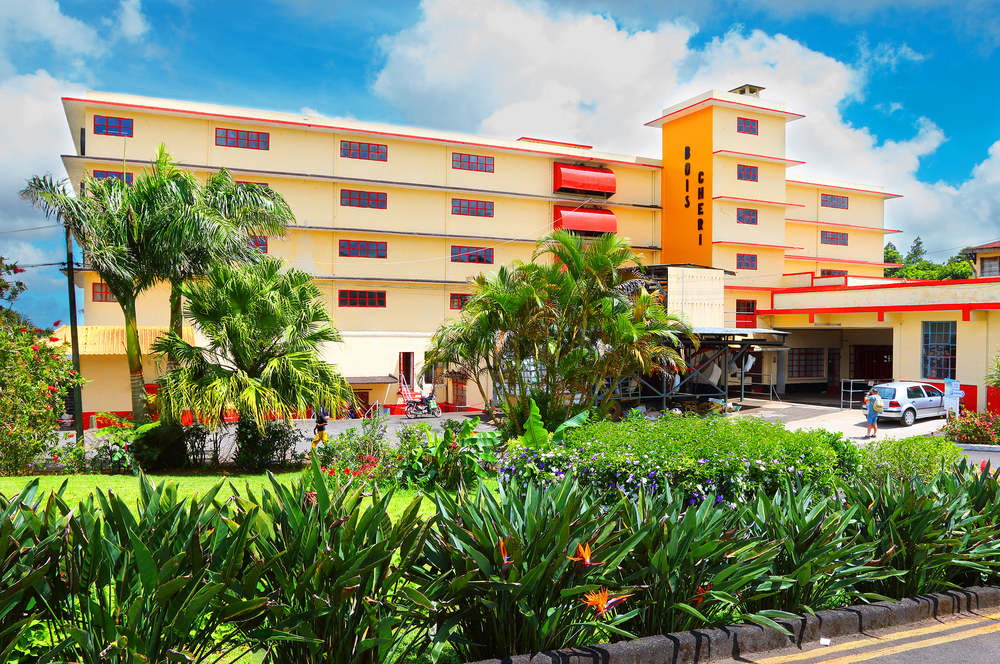
These transformed plantation sites demonstrate how historical interpretation can evolve to serve education, reconciliation, and justice while honoring the memory of those who suffered under systems of oppression. The shift from romanticized narratives to honest examination of enslavement represents a fundamental change in how America confronts its past and acknowledges the ongoing impact of historical injustices.
Each site now serves as both a memorial to enslaved people and an educational resource that helps visitors understand how the plantation system shaped American society in ways that continue to influence contemporary issues of race, wealth, and power. These reimagined tours prove that confronting difficult histories honestly can create more meaningful and transformative educational experiences that help visitors understand both the past and its continuing relevance to building a more just society.
More from Travel Pug

- 20 Best Beach Towns in the Carolinas
- 13 Destinations Where Tourists Regularly Regret Their Trip
- 20 Destinations That Are More Magical Without an Itinerary
- 20 Underrated Adventures That Belong on Your Travel List
- 20 Cities Where You Should Just Wing It, No Planning Required
Like Travel Pug’s content? Follow us on MSN.
